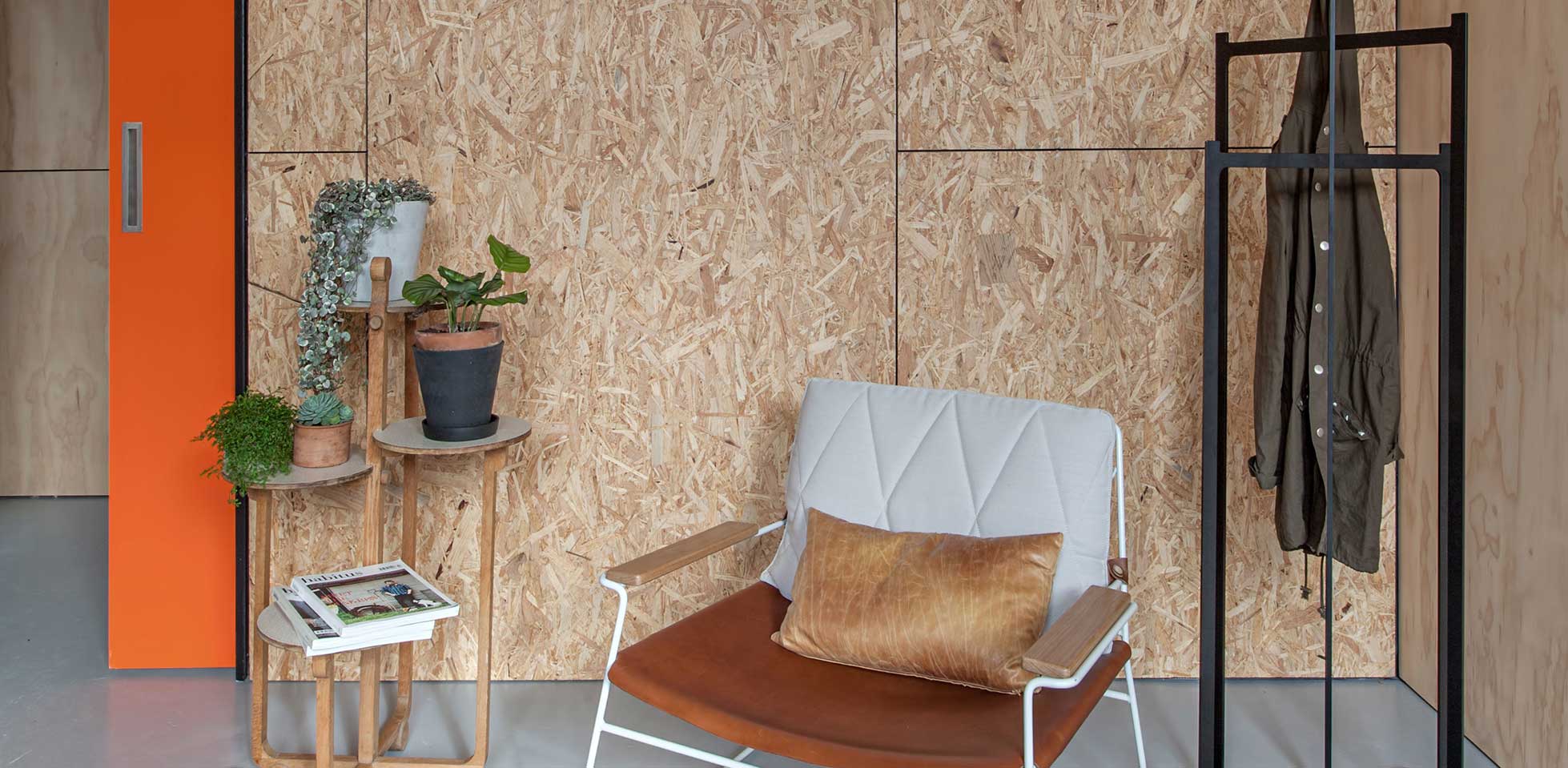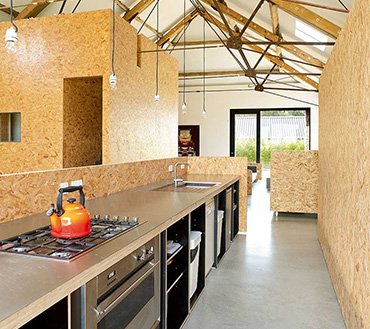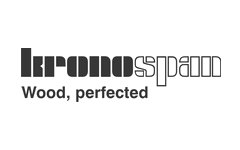
Oriented strand boards (OSB) are manufactured from layers of wood strands – flakes and represent a technological step forward to the chipboards. Nowadays, OSB panels are ubiquitous in construction because they are inexpensive and economical to produce, stiff and easy to process.
A typical OSB board is increasingly used as a decorative element in the interior. Additional impregnation of the board do not cover its surface, nor is it coated with other materials or paint; the natural appearance of the wooden chipboard is retained.
OSB boards are manufactured flat – with square edges or tongue and groove method of fitting. Square edges OSB plates have panels that are designed for typical installation on other board panels, while the OSB boards with tongue and groove fit one inside the other. It should also be noted that the OSB panels are separated at least a couple of millimetres (2-3 mm) due to expansion and shrinkage at different temperatures.
OSB boards are made of 95% wood (young birch tree and cottonwood trees) and 5% binding resin-based adhesives. Attention should be paid when installing OSB panels into the interior because the percentage of formaldehyde in the binding substances can affect the health in people. Before installing the OSB board, ventilate for 48 hours.
OSB boards are made of entirely renewable material and young trees, and therefore the production of this construction element means that this industry does not endanger forests and sensitive ecosystems.
OSB boards are manufactured in two dimensions:
- 2440x1220mm
- 2500x1250mm
Board thickness ranges from 9mm to 22mm.





